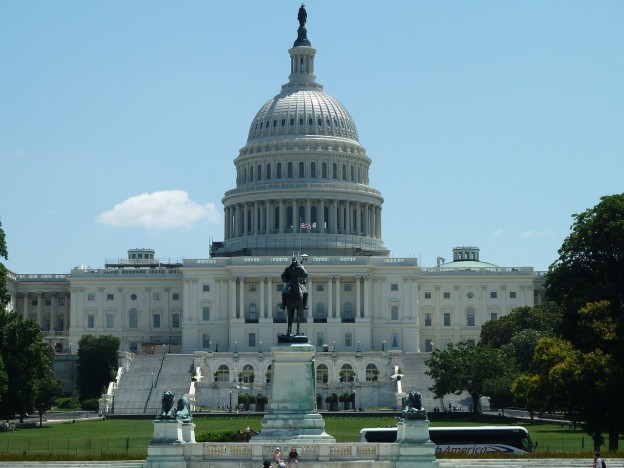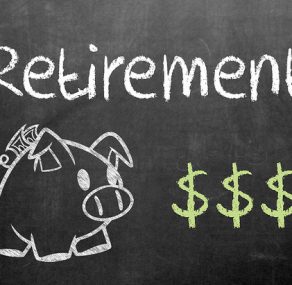12 Retirement Savings Facts

Here are a few facts about retirement savings that you may or may not be aware of:
1. More people are planning for their future than ever in the past, contributing a large share of their monthly paychecks to retirement plans than any point prior. 12.8 percent is what the total amounts of workers contributing towards retirement were. In 1984, this number was only at 9.9 percent.
2. In addition to that last fact, retirement savings now are the highest amount too. While pension plans are no longer as common as they once were, IRAs and 401(k)s make up the difference, and currently, the amount of total worker wages put into retirement savings was a whopping 337 percent.
3. 80 percent of people already retired claim that they are doing good and have enough money to be comfortable, while 75 percent claim that since retiring they haven’t had to adjust their living standards at all, as reported by the 2016 Survey of Consumer Finances, conducted by the Federal Reserve.
4. The Census Bureau says that the rate of poverty among retired Americans is dropping. In 2012, the poverty rate was 6.7 percent, down from the 9.7 percent it was in 1990. All indicators point to this trend continuing.
5. While pensions are offered less by employers, the amount of people covered by it has not changed all that much. 1973 was the top year for pensioners, with 39 percent of non-government workers a part of that program. This was compounded by the fact that even then, there were provisions from employers to determine eligibility, some as stringent as demanding 15 years on the job.
6. According to research done by the Congressional Budget Office, it appears that Social Security is covering more than the common perception states, making up for up to 60 percent of the retirees prior earnings. This is much more than the widely accepted figure of 40 percent.
7. Most retired people’s income is better than what advisors typically suggest, most of them at 70 percent or higher, meaning that there should be no significant change in the living standards of the retiring individual. Some data reported by the Investment Company Institute claims that 113 percent is what a middle-income household is pulling in on average, after retirement, and the ones that aren’t exceeding that amount are mostly just under it.
8. Social Security is the largest income supplemental program in America and the main source of money for a lot of retired people. Any changes to the program could have huge effects on the entire American economy. Improvements to the fund and other governmental programs are big factors for retirees.
9. All told, the assets in American retirement plans is much bigger than the added assets of retirement plans in other countries by far, with most countries retirement assets adding up to merely 19 percent of the GDP, while in American that number is 150 percent due to programs like Social Security and other private investment holdings offered by employers.
10. While the cost of healthcare has undoubtedly gone up, it is somehow not taking more money out of the pockets of most retired people, as income levels have gone up too, mostly matching the same rate. All of this is not to say that rising health care costs aren’t a concern for retirees, but the fact that the income level is matching it on average is a sign of a strong system in place.
11. 401(k)s and IRAs have shown to have no worse inequality in retiree incomes than under the traditional pension plans of years prior. The perception had always been the opposite, that 401(k)s create greater disparity in retired equality. This is even further from the truth once Social Security is added to their income. The distribution of money among retirees is pretty much equal to what it was when pensions were the main retirement fund.
12. The actual inequality between plans is when you factor in what is provided by the government, which has a deficit of up to $26 trillion, meaning that more money is being paid out by these plans then are going into it. This is not as bad for retirees individually as it is for the economy as a whole.









